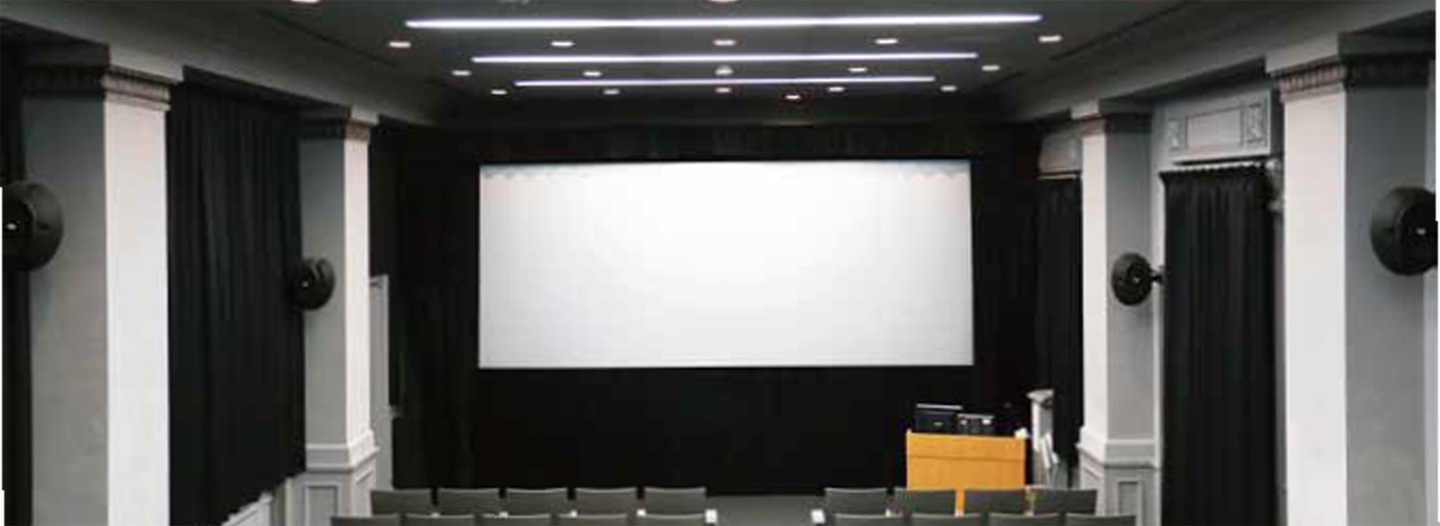
Study of Film and New Media
What does it mean to research filmic expression at the Graduate School of Film and New Media? After all, many people make films as undergraduates and others work in the industry. Academic background is hardly a requirement for filmmaking. Anyone with equipment and technical skills can make a film. So why go through the trouble of studying at a graduate school?
A little bit of digging into this school’s history will reveal that until the establishment of the Graduate School of Film and New Media in 2005, this university consisted only of the Faculty of Fine Arts and the Faculty of Music. The histories of both faculties stretch back as far as the Meiji era, and both faculties currently embrace numerous fields of study. This division into specialized fields is a clear sign that a discipline has attained maturity. Such a discipline has its own distinct theories and methodologies, allowing students studying it for the first time to efficiently acquire the accumulated knowledge.
In contrast, the discipline of cinematic expression is still expanding, and as a result cannot yet be consolidated into areas of study. For the sake of convenience, this graduate school is organized into the three departments of Film, New Media and Animation for the master’s degree program, as well as the doctoral program in Film and New Media Studies. However, it makes little sense to question whether a documentary should use live action footage or animation. Both approaches are valid. Live-action films, media art, and animation all can contribute to artistic expression, whether it be a stage performance, game production, or virtual reality project. Filmic expression is still a fluid and dynamic field in terms of both the objective of storytelling and the methods employed.
Given these circumstances, this graduate school plays an important role in developing the field through researching media production methods and theories. The word “research” may sound pretentious, but in essence it means verbalizing the thought processes involved in creative work. These thoughts and methods might originate with an individual creator’s work, but they can also serve as useful references for other creators. Furthermore, these observations accumulate and eventually transcend individual works to form theories and methodologies. Each student determines what to focus on in the course of research. The possibilities are infinite: How to entertain the audience? How to offer a completely new experience? How to bring underlying issues to the surface? How to enable viewers to visualize the invisible?
The departments in this graduate school share in common the encouragement of “thinking while creating.” It is well known that exploring the mind during the creative process is an effective route to making new discoveries. However, this exploration is difficult to achieve while in university. This graduate school encourages students to embrace this opportunity to “think while creating,” and posits the importance of creating outstanding work while also gaining new insights through research. One day in the distant future, people just might trace the field’s intellectual roots back to our own era.
Takashi Kiriyama, Dean
Graduate School of Film and New Media
![]()
